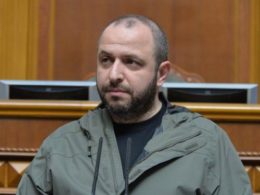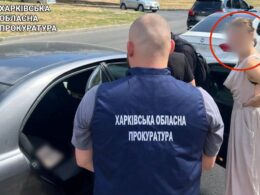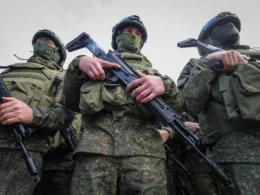Russian President Vladimir Putin said that 318,000 people have been mobilized for war in Ukraine, despite the previously announced limit of 300,000, Russia's state-controlled TASS reported. He stated that 49,000 have already been sent to the front in Ukraine, and the rest are "undergoing training."
On 28 October, Russia's Defense Minister Shoigu said that mobilization in Russia ended and 82,000 were sent to Ukraine. However, according to the General Staff of the Armed Forces of Ukraine, Russia continues covert mobilization, despite official statements about its completion.
As well, Putin signed a law officially allowing Russia to mobilize murderers, robbers, and other criminals who have committed serious crimes. It allows drafting into the army citizens with an unserved or unexpunged criminal record for serious crimes. Prior to this law, it was forbidden to mobilize such citizens.
Some categories of criminals still cannot be mobilized, however; they are listed in the law. Criminals who cannot be mobilized include those were engaged in:
- a crime against the sexual integrity of a minor;
- terrorist act, hostage taking;
- organizing an illegal armed formation;
- hijacking an aircraft, water, or railway transport;
- illegal handling of nuclear materials;
- high treason;
- espionage;
- attempt on the life of a statesman;
- violent seizure of power;
- armed insurrection;
- an act of international terrorism.
Criminals who have committed other serious crimes, including murder, robbery, or looting, can now be officially called to war.
President Zelenskyy had earlier said that Russia may soon need new mobilization waves as those being sent to Ukraine are insufficiently trained.
Officially, 300,000 were to be drafted in Russia’s “partial mobilization” announced on 21 September, but Russian media reported that the real number may reach 1.2 mn. Over 200,000 Russians were reported to flee Russia after the announcement of mobilization.
Over 200,000 Russians left Russia after mobilization started
Draft dodgers started fleeing as giant queues formed on the Russian-Georgian border. Russian military recruiters had set up a mobile mobilization point on the border with Georgia
, as well as Finland.
Rallies against mobilization had erupted in various cities but were quickly dispelled. However, protests were continuing for longer in Dagestan and Siberia.
Ukrainian authorities have noted that Crimean Tatars, the indigenous people of occupied Crimea, were disproportionately targeted with summonses. As well, summonses are being given
to men who received Russian passports in Ukraine’s occupied southern regions.
Military analysts from the ISW assessed that the mobilization is unlikely to have a significant effect on the course of war.
Ukraine’s Army Chief Valeriy Zaluzhnyi responded to the mobilization announcement by saying that Ukraine will destroy all invaders who come to Ukraine with weapons.





